Middle Schooler Halloween Strategies for Maximizing Candy and Coolness
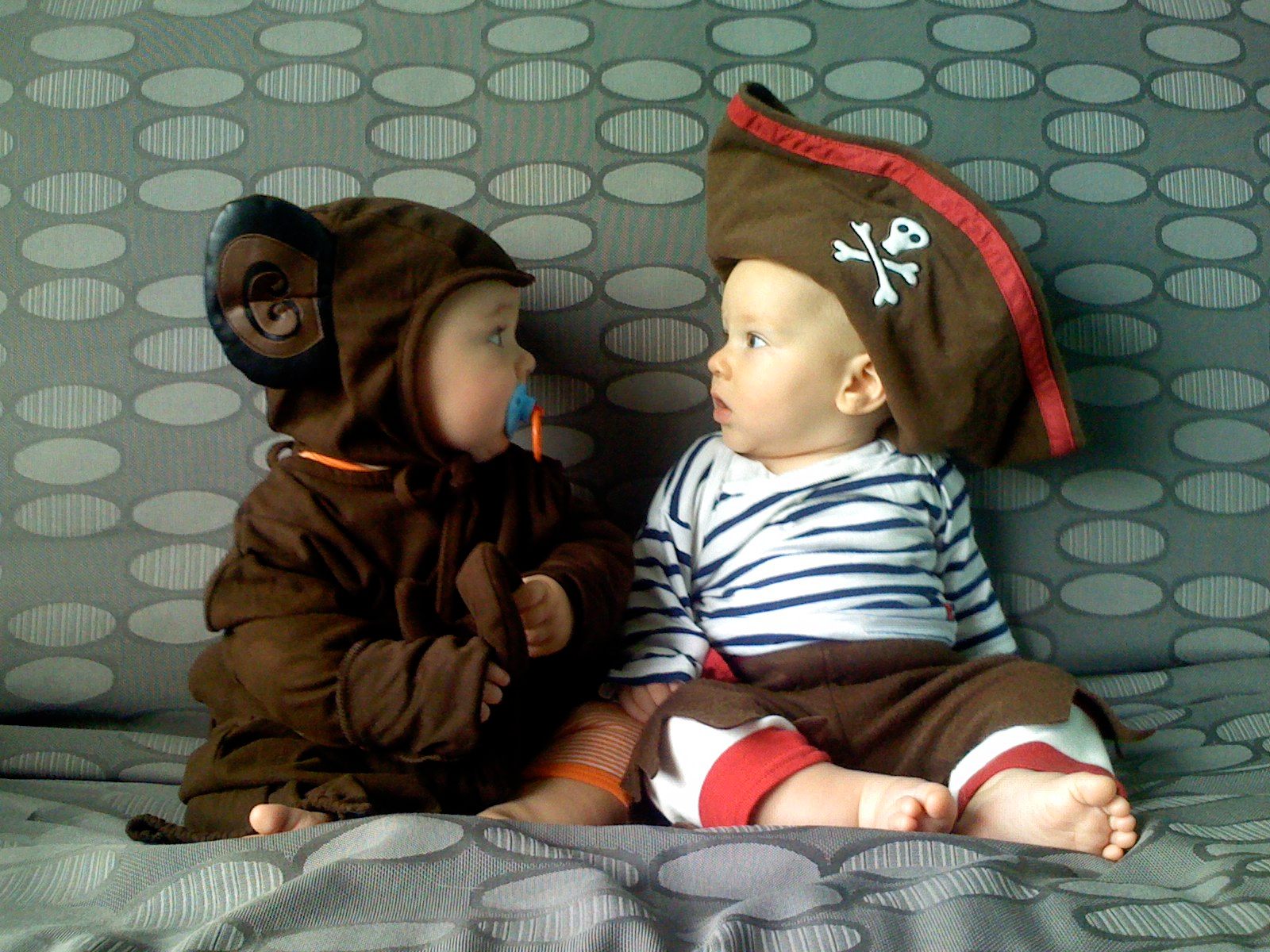
Cool costumes, babies. (Photo: Juhan Sonin/Flickr)
Though Halloween comes every year, coolness is forever in flux. This raises the question: how do you succeed at Halloween while also maintaining your suavity? We asked the experts—the students of William Alexander Middle School in Park Slope, Brooklyn—to weigh in.
According to them, there are three stages of Halloween (and childhood). Here is the breakdown.
Stage One: Costumes are the Coolest (infancy to age nine or 10)
Stage One lasts from whenever your parents first start dressing you up as a taco or the Dalai Lama until around fourth or fifth grade. You (your parents) start planning your costume far in advance, and showcasing it on Halloween is probably your (their) proudest moment of the year. Does everyone else realize how unbelievably awesome you look? In Stage One, trick-or-treating isn’t for candy, it’s for compliments, and when they aren’t handed out in abundance, no amount of candy can compensate.
Stage Two: Candy is the Coolest (age nine to 12 or 13)
This stage takes off when inter-child competition shifts from compliments on costumes to quantities of candy. For kids in Brooklyn, Stage Two also entails trick-or-treating with friends rather than parents, which means that your costume is no longer directly correlated with your parents’ sense of self worth. Costumes are merely a gateway for acquiring candy, and in copious amounts; the holding capacity of your candy bag is a higher priority than the quality your costume (shopping bag, pillowcase, or for the real Halloween champions, garbage bags). “It’s kind of like, if you have the most candy, you’re the coolest kid in school,” says Natalia, in seventh grade. Apparently some kids even post their loot on Instagram.
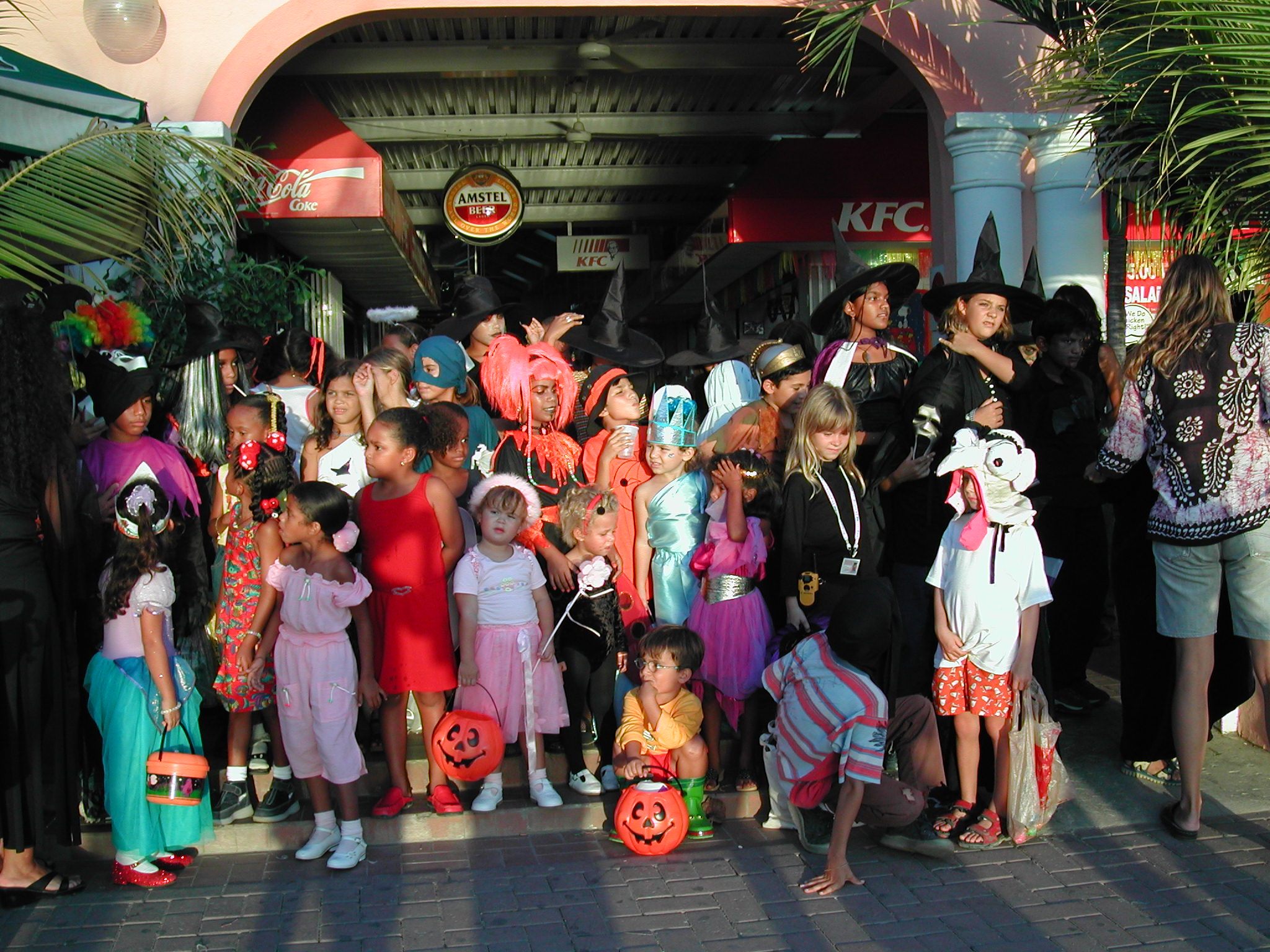
These rookies don’t look like they know what they’re doing: Stage One. (Photo: WikiCommons/Public Domain)
To succeed at Stage Two, you need to have a good sense of the timing and geography of your Halloween-celebrating region. In some neighborhoods, trick-or-treating starts earlier than in others. Milan (seventh grade) once collected candy from 3 to 9 p.m., taking breaks at friends’ houses along the way. Emma says that you have to wait until nighttime, when all the little kids are gone, because otherwise “all the creepy parents are like, ‘Get away from my child!’” The night lasts until whenever the candy runs out and “people are like, ‘Why is everyone still up? Go to bed!’” or as otherwise explained, “all of the old people are like, ‘Noooo!’” Everyone stays up until midnight regardless, says Ethan, since they’ve been eating so much candy.
According to these Brooklyn-based experts, big houses and brownstones are the optimal destinations, more generally known as “the streets with all the rich people.” Also, apartment buildings are great, because you collect maximal candy while covering minimal ground. An understanding of optimal trick-or-treating routes is something that develops with time and a setback to kids who frequently move neighborhoods. Over the years, one learns which houses leave bowls of candy unattended, which hand out “like, full-size Snickers and Hershey’s” (check out Red Hook, apparently), and how to prioritize the dwellings of those you know, for a personal candy network is key. You can even change costumes partway through the night and then retrace your route, unrecognized, thus refilling at the best stops.
Other tricks? If necessary, push people off the steps, says Tati (eighth grade). Also, when someone holds out a bowl and says “Take one,” obviously grab a whole handful.

Sour Patch Kids: Worth their weight in gold. (Photo: Daniel Rothamel/Flickr)
The experts at William Alexander hotly dispute the top-valued confections. Chocolate tends to trump fruit flavors, but Sour Patch and Swedish Fish also emerge as the ultimate treasures. Snickers, Twix, Kit Kat, and Skittles are all generally sought after, while Tootsie Rolls, Almond Joys, unwrapped Skittles, and things with raisins are not. Even worse? “There’s a place on Eighth Avenue that gives out Brussels sprouts! I’m like, uhm—no,” says Tati. There are also the classic pencils and toothbrushes (“so you can brush your teeth after you get the cavities?”) Brussels sprouts make Milan remember something else: “I have a neighbor that gives out—what’s that white broccoli?” he asks. “Oh, yea, cauliflower.”
Not all candy is collected for consumption—much of it is meant as leverage for other things, such as better candy or personal favors. “It’s kind of like dealing drugs,” says Jill (seventh grade). There is a short window for trading; all of it takes place within two, maybe three days of Halloween, often on Halloween night itself. Experienced traders lay out all their valuables, organize them into categories, and then strike deals with siblings or friends.
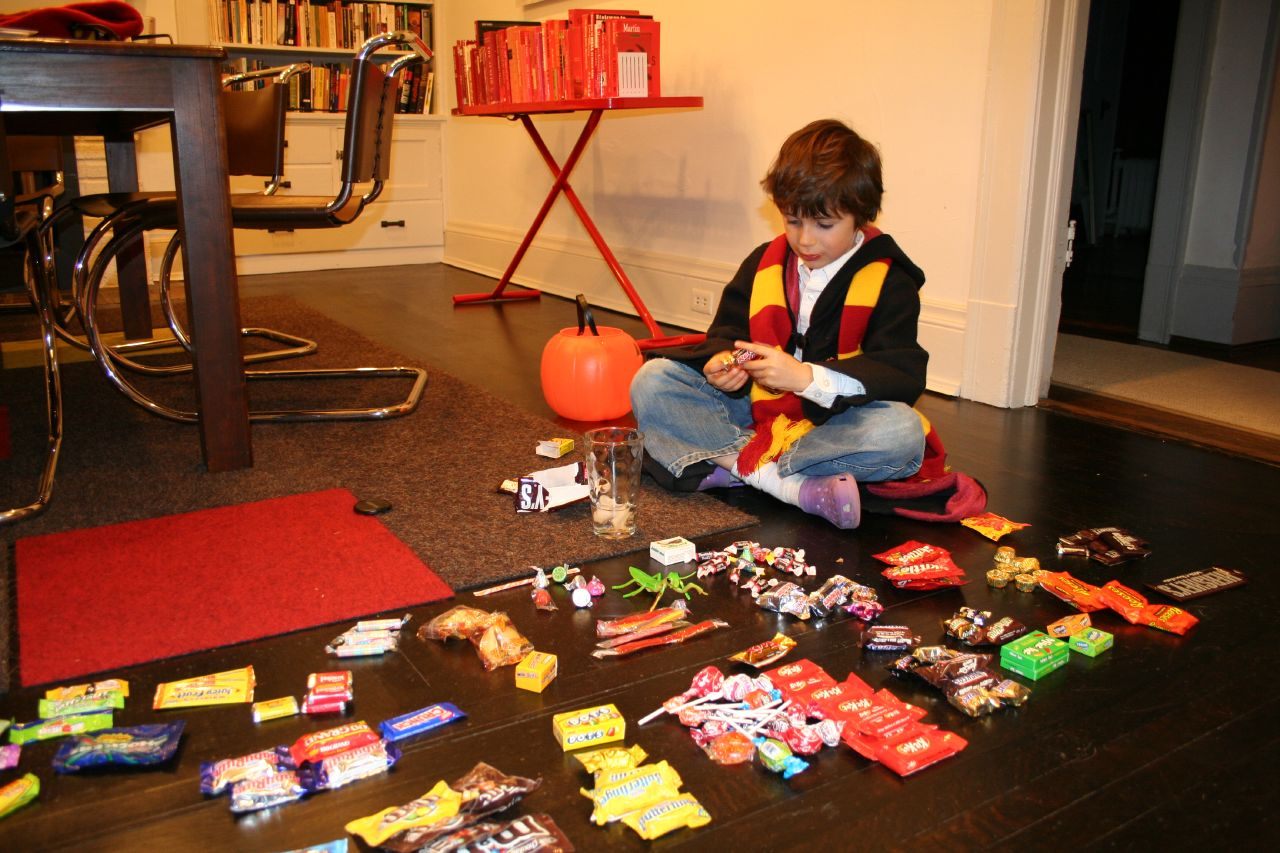
Gathering data on the candy bounty for possible trading purposes. (Photo: Nina Hale/flickr)
Stage Three: Chilling is the Coolest (age 13 to age 15-16)
“There’s like a certain age where you decide, like, you think you’re old enough, and you think you’re so mature,” says Jonathan (eighth grade). That is Stage Three. It’s a middle point between trick-or-treating and your first Halloween party, a high school rite of passage, a thing of rumor and lore (think: Mean Girls).
By this point, Halloween is pretty much an excuse for staying out late with your friends. “Now that we’re older, if we really want a certain kind of candy, we can just buy it ourself,” points out Natalia. Plus, you get annoyed at your parents for hoarding your candy, or hijacking it to curry favor at their office, or, perhaps worse, for dictating your trick-or-treating tactics. “If there’s something that’s like, ‘Pick one,’ I’m supposed to get the Reese’s for my dad,” says Dylan (seventh grade).
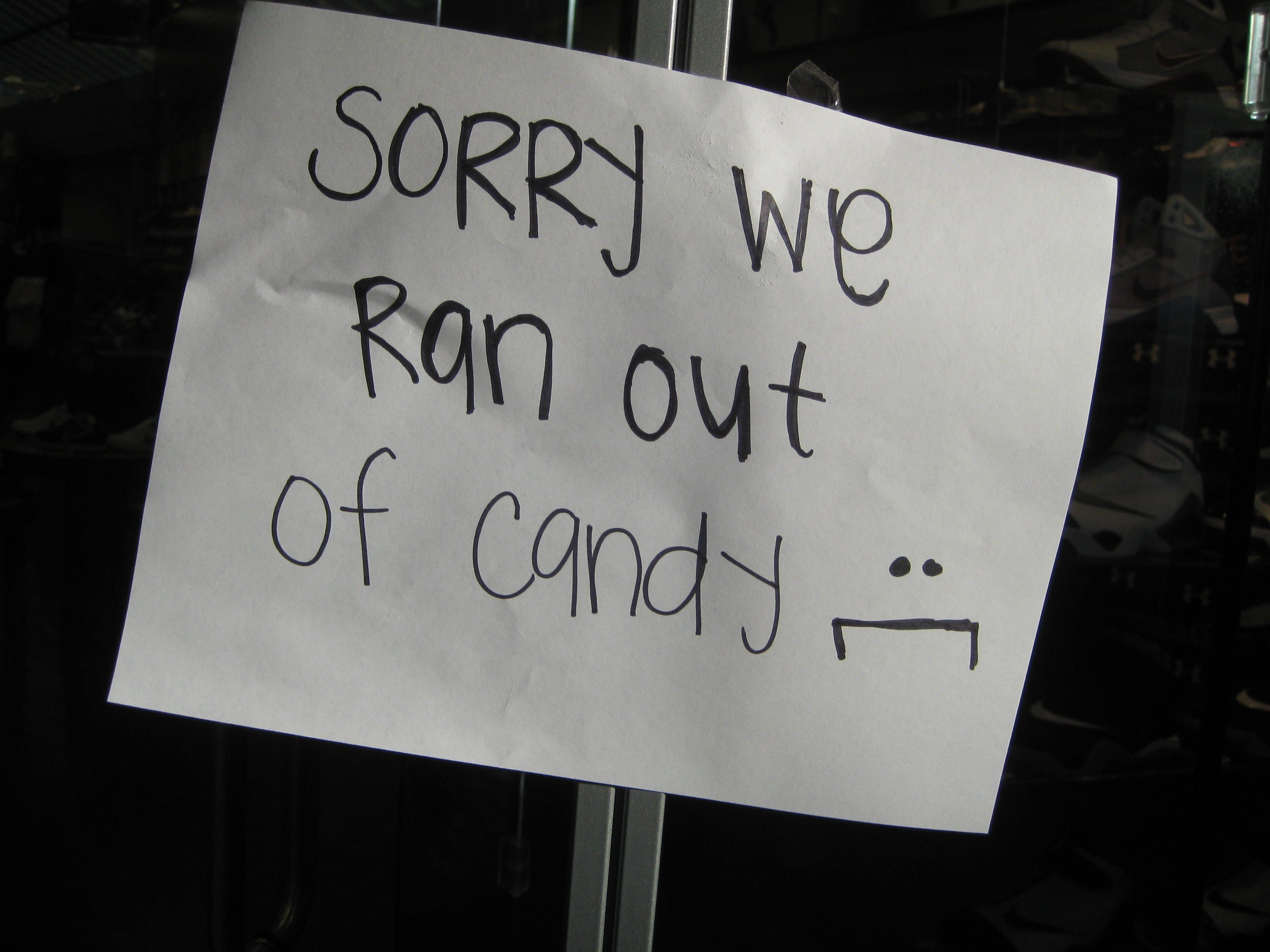
The news that no-one wants to see. (Photo: Michael Ocampo/Flickr)
Stage Three is also when being healthy (or for many, simply being skinny) starts to matter. “Candy makes you fat,” says Morgan, who pokes his head in just to drop that piece of knowledge. It’s also when 12-year-olds become teenagers and hooliganism becomes cool. “Sometimes I throw nasty candy at cars,” says Jill. The kids at the rival high school threw condoms, eggs, and shaving cream all over their turf last Halloween. This spurs the experts to discuss the viability of toilet-papering houses. “You can’t really do TP in Brooklyn—you can’t throw it high enough and get it over the brownstones,” says Jonah (eighth grade). “That’s kind of unfortunate, that we have to go so far away for normal houses,” says Liza (eighth grade).
But other pranks are still fair game. Milan shares his secret tricks: chocolate-covered garlic and hot sauce-infused Reese’s cups. The best food prank, apparently, is a mayonnaise ice-cream sandwich.
There you have it—the middle schooler’s inside guide to Halloween and life.



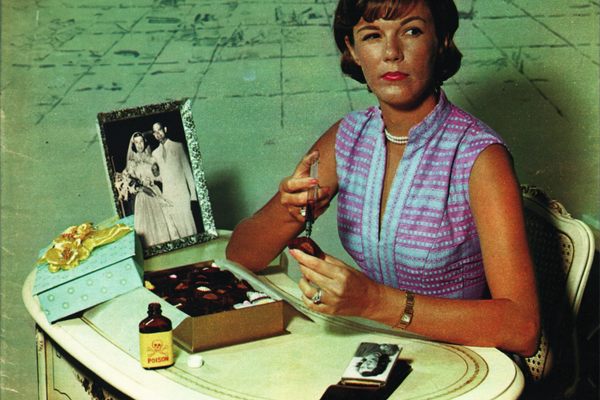




Follow us on Twitter to get the latest on the world's hidden wonders.
Like us on Facebook to get the latest on the world's hidden wonders.
Follow us on Twitter Like us on Facebook